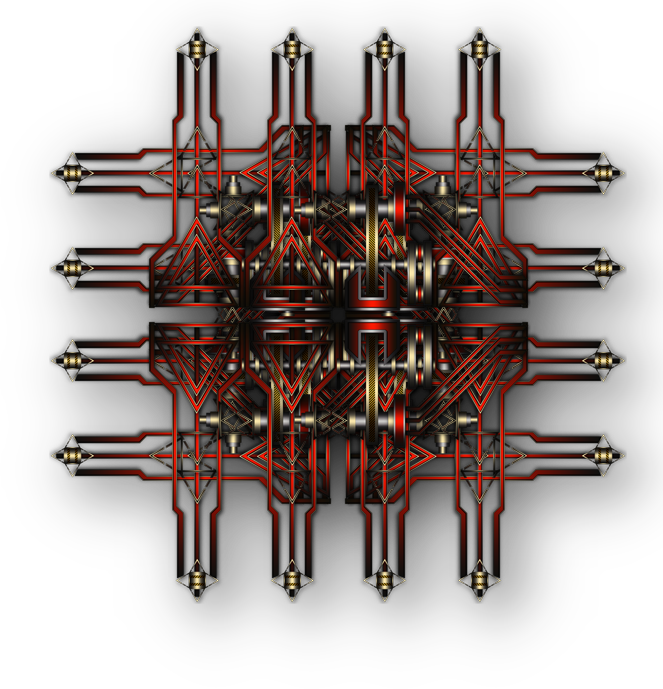Low-Power Multiferroic Nanodots: Revolutionizing Memory Technology
In the fast-paced world of technological advancements, memory technology stands as one of the pillars supporting the digital infrastructure. From smartphones to supercomputers, memory plays a crucial role in storing and retrieving data efficiently. However, traditional memory technologies often face challenges related to power consumption and data retention. Enter multiferroic nanodots, a promising innovation poised to revolutionize memory technology.
Understanding Multiferroic Nanodots
Multiferroic nanodots represent a cutting-edge approach to memory technology, leveraging the unique properties of multiferroic materials at the nanoscale. These materials exhibit both ferroelectric and ferromagnetic properties, making them ideal candidates for next-generation memory devices. What sets multiferroic nanodots apart is their ability to store data with ultra-low power consumption while offering high-density storage capabilities.
Benefits of Multiferroic Nanodots
The rise of multiferroic nanodots brings forth a myriad of benefits for memory technology. Firstly, their low-power operation translates to enhanced energy efficiency, crucial for portable devices and IoT applications striving for prolonged battery life. Additionally, the high-density storage offered by multiferroic nanodots opens doors for compact yet powerful memory solutions, enabling manufacturers to pack more data into smaller form factors.
Applications Across Industries
The implications of multiferroic nanodots extend far beyond consumer electronics. Industries ranging from healthcare to automotive stand to benefit from this transformative technology. In healthcare, multiferroic nanodots could revolutionize medical devices, enabling real-time data processing and analysis with minimal power consumption. In the automotive sector, these nanodots could enhance onboard computing systems, paving the way for smarter and more efficient vehicles.
The Future Landscape
As research and development in the field of multiferroic nanodots continue to progress, the future of memory technology looks increasingly promising. Advancements in fabrication techniques and material engineering are expected to further optimize the performance and scalability of multiferroic memory devices. With continued innovation, we can anticipate a future where memory technology is not only more efficient but also more versatile, catering to the evolving needs of a data-driven society.
In conclusion, the rise of multiferroic nanodots represents a significant milestone in the evolution of memory technology. With their low-power operation, high-density storage capabilities, and diverse applications, these nanodots are poised to reshape the digital landscape. As we look ahead, it’s clear that multiferroic nanodots will play a pivotal role in driving innovation across various industries, ushering in a new era of efficient and powerful memory solutions.
Search
More than 2 results are available in the PRO version (This notice is only visible to admin users)
Social Media
Facebook
Linkedin
Youtube
Instagram
Popular Posts:
Teaching AI to Avoid Toxic Mistakes: MIT’s Groundbreaking Approach
Reframing AI Development: The Urgency of Human-Centered Technology
AI’s Groundbreaking Leap: Predicting Life Events and Ethical Frontiers
Popular Posts:
-
Artificial Intelligence (AI) and Machine Learning (ML)
-
Artificial Intelligence (AI) and Machine Learning (ML)
-
Artificial Intelligence (AI) and Machine Learning (ML)
-
Artificial Intelligence (AI) and Machine Learning (ML)
-
Artificial Intelligence (AI) and Machine Learning (ML)
Popular Tags:
-
Artificial Intelligence (AI) and Machine Learning (ML)
-
Artificial Intelligence (AI) and Machine Learning (ML)
-
Artificial Intelligence (AI) and Machine Learning (ML)
-
Artificial Intelligence (AI) and Machine Learning (ML)
-
Artificial Intelligence (AI) and Machine Learning (ML)







